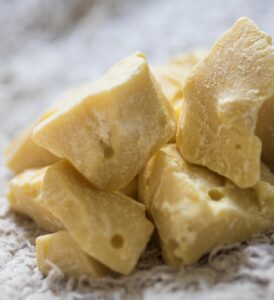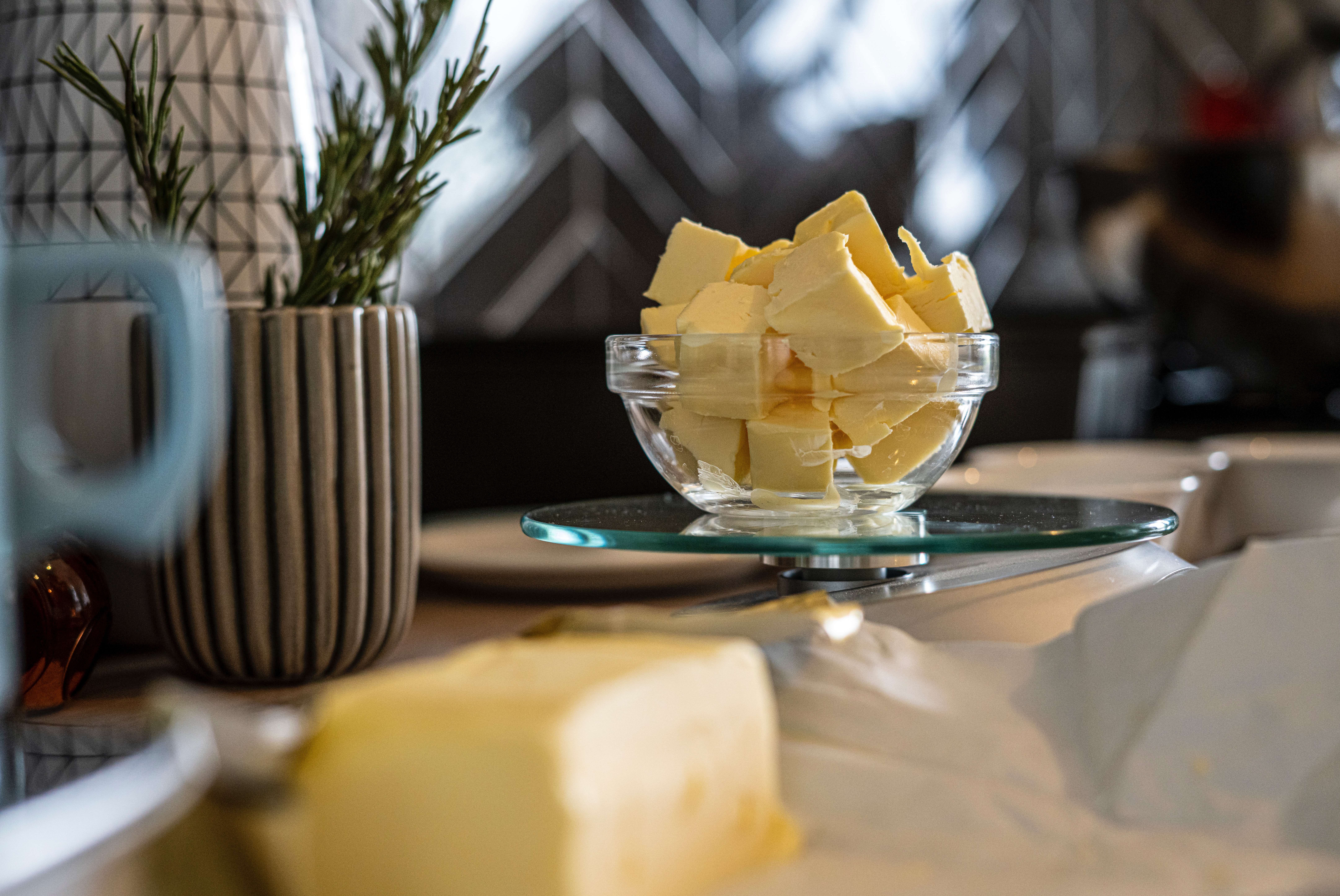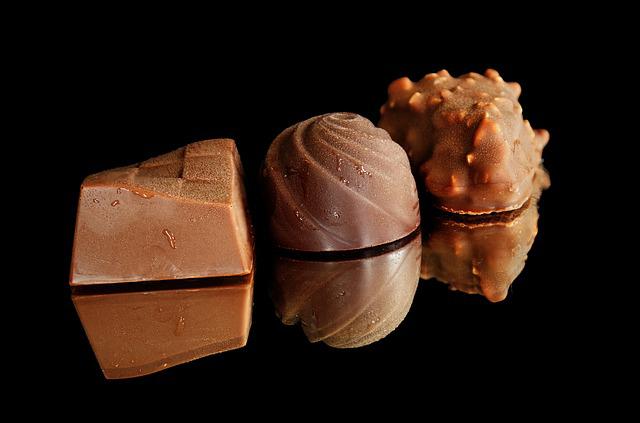Cocoa butter’s value lies in its unique flavor and physical characteristics. This article discusses how fats and oils researchers for years have pursued the ‘chemistry of pleasure’-seeking to mimic cocoa butter’s characteristics using less expensive or more readily available raw materials.
Chocolate not only has nutritional value but also is an emotional confection-it can be used to comfort, apologize, celebrate, and also be used as token of gratitude. Chocolate is derived from the cocoa bean, which in tum comes from the cacao (ka-ka-o) tree, Theobroma cacao. Theobroma means “food of the gods” and “cacao” is as rich in history as it is in flavor.
The tree is said to have
 originated in the Amazon or Orinoco basin at least 4,000 years ago. Christopher Columbus was the first European to encounter the beans, during his fourth voyage to the New World in 1502, but he virtually ignored them. It was two decades later that the Spanish conquistador Hernando Cortez helped spread the valuable cocoa bean crop to the Caribbean and Africa, and then introduced drinking chocolate into Spain in 1528.
originated in the Amazon or Orinoco basin at least 4,000 years ago. Christopher Columbus was the first European to encounter the beans, during his fourth voyage to the New World in 1502, but he virtually ignored them. It was two decades later that the Spanish conquistador Hernando Cortez helped spread the valuable cocoa bean crop to the Caribbean and Africa, and then introduced drinking chocolate into Spain in 1528.
Composition of chocolate
Cocoa beans are converted into chocolate liquor by a combination of roasting, winnowing, and grinding. Until 1828 the only known product was “drinking chocolate,” but high fat levels were a deterrent to an acceptable product. It was not until the 1828 invention of the cocoa press, by Van Houten in Holland, that a more acceptable product was forthcoming. The chocolate liquor could now be further processed by pressing into cocoa butter and cocoa powder. The availability of quantities of cocoa butter made it possible to produce “eating chocolate.” Cocoa liquor, cocoa butter, and cocoa powder are now all important ingredients in the chocolate/confectionery industry. Out of these, cocoa butter is the most expensive, followed by cocoa liquor and cocoa powder. Cocoa powder is used mainly in chocolate drinks and in confectionery coatings. Chocolate liquor, cocoa butter, and sugar are the main ingredients in dark chocolate. Milk crumb or milk powder also may be added to produce milk chocolate. Various vegetable confectionery fats described in detail later also are used to implement new functionalities to the chocolate system. Chocolate is produced by a combination of refining, conching, standardizing, and molding.
forthcoming. The chocolate liquor could now be further processed by pressing into cocoa butter and cocoa powder. The availability of quantities of cocoa butter made it possible to produce “eating chocolate.” Cocoa liquor, cocoa butter, and cocoa powder are now all important ingredients in the chocolate/confectionery industry. Out of these, cocoa butter is the most expensive, followed by cocoa liquor and cocoa powder. Cocoa powder is used mainly in chocolate drinks and in confectionery coatings. Chocolate liquor, cocoa butter, and sugar are the main ingredients in dark chocolate. Milk crumb or milk powder also may be added to produce milk chocolate. Various vegetable confectionery fats described in detail later also are used to implement new functionalities to the chocolate system. Chocolate is produced by a combination of refining, conching, standardizing, and molding.


